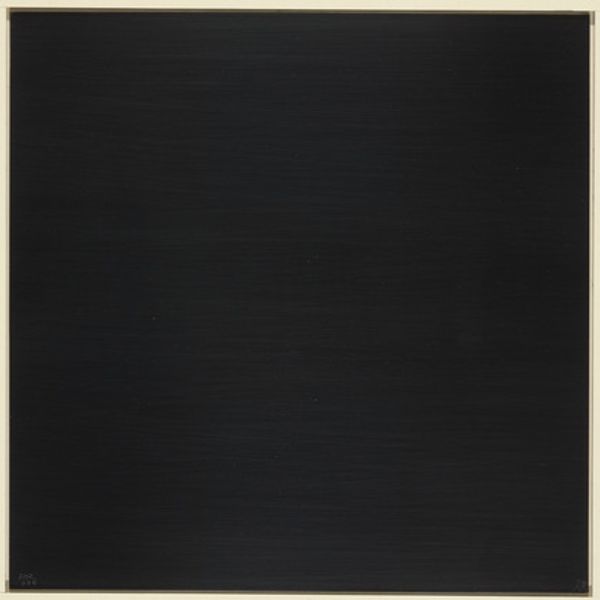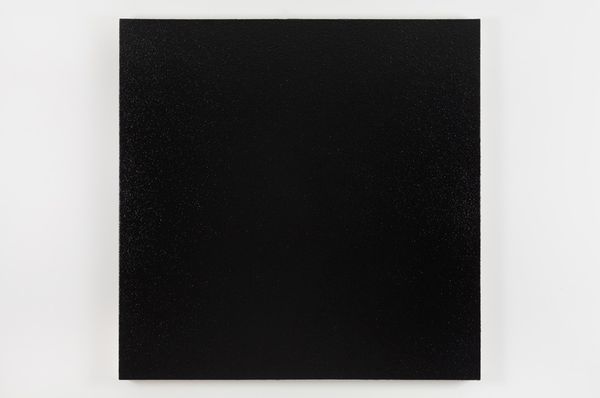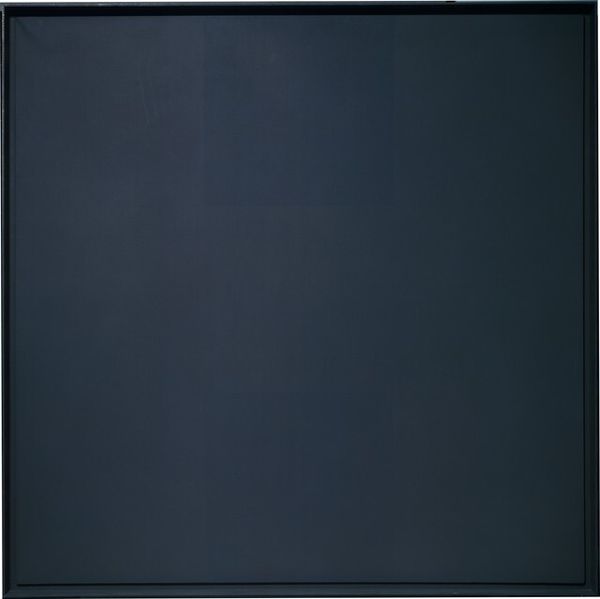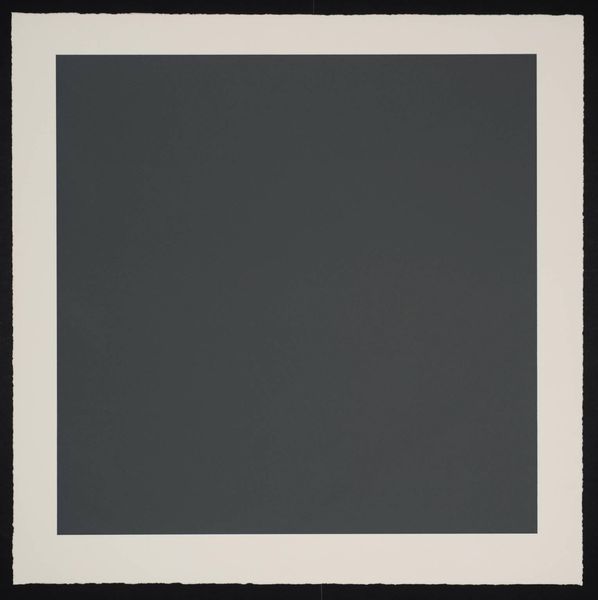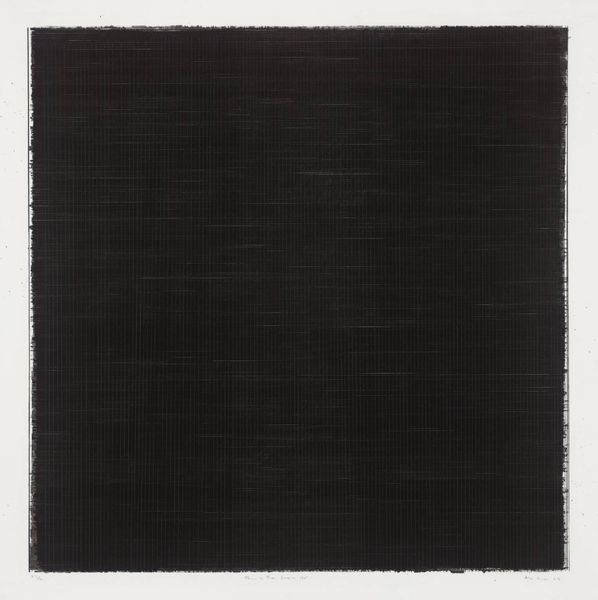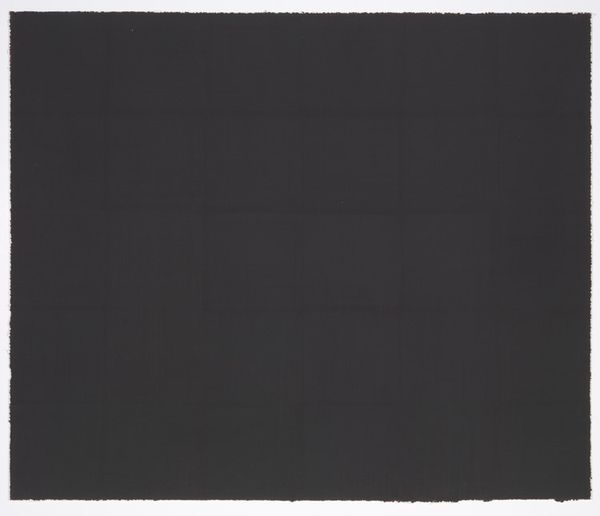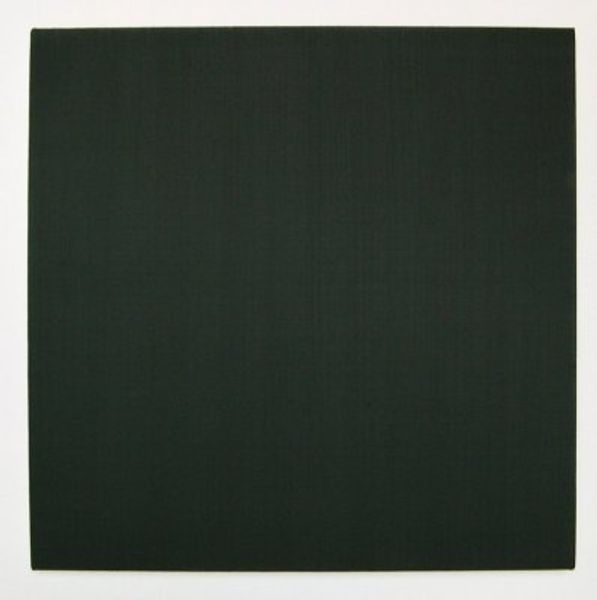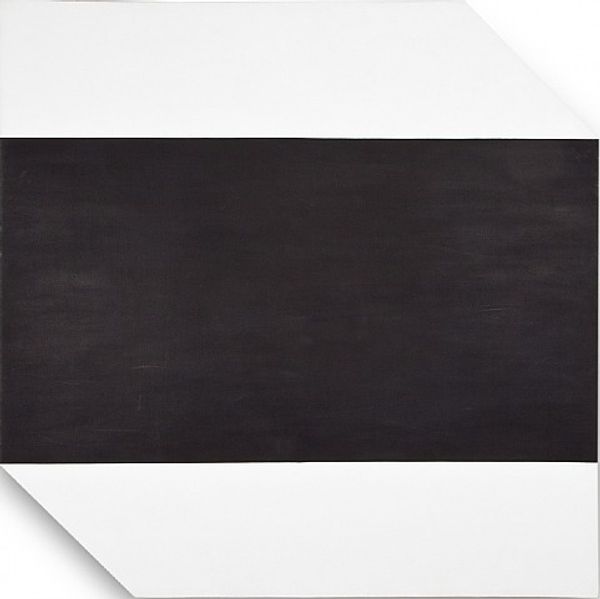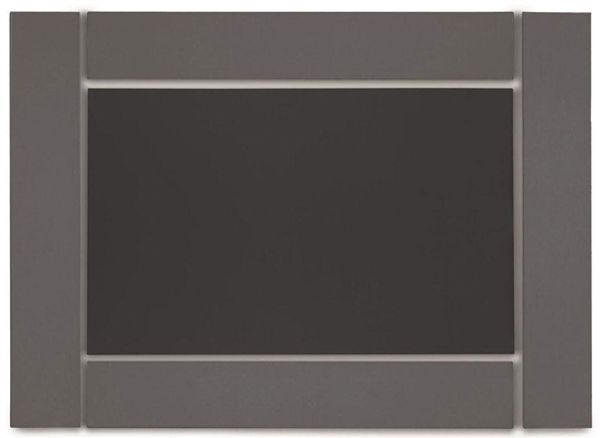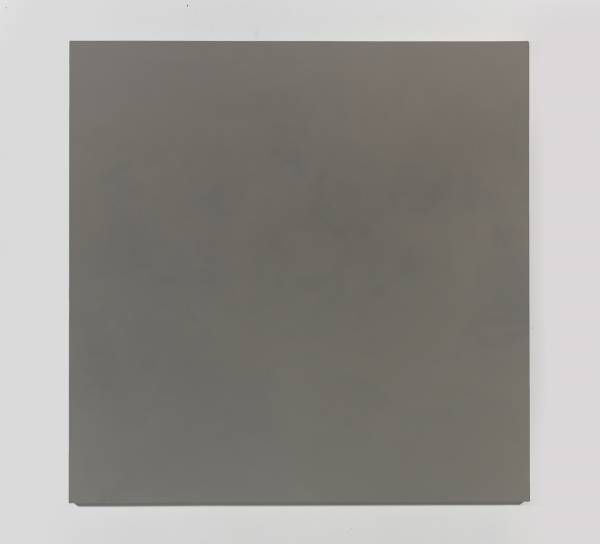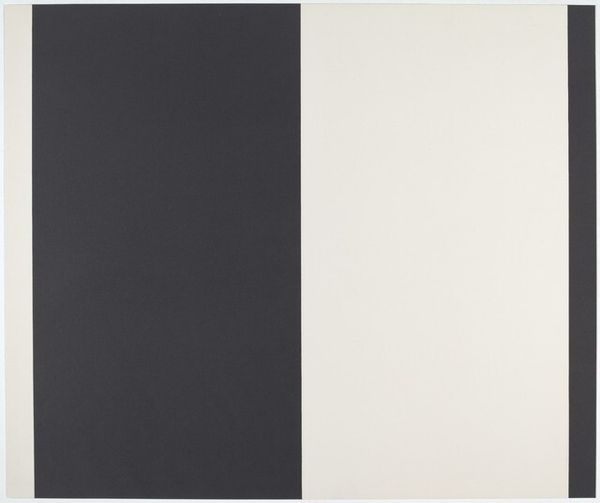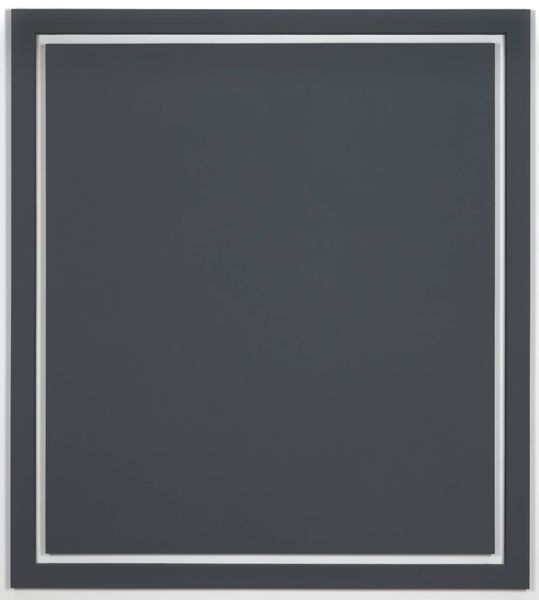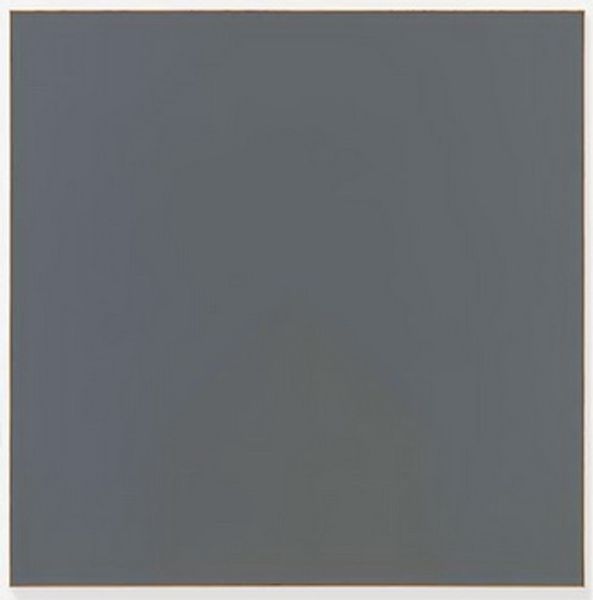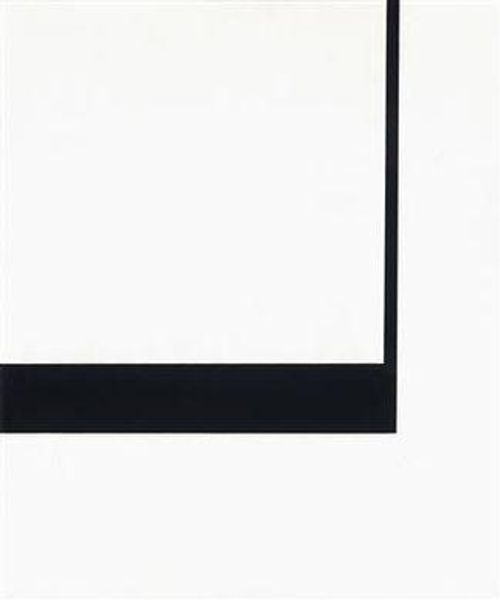
painting, oil-paint
#
abstract-expressionism
#
non-objective-art
#
painting
#
minimalism
#
oil-paint
#
minimal pattern
#
geometric
#
abstraction
#
modernism
#
monochrome
Dimensions: overall: 152.4 × 152.4 cm (60 × 60 in.)
Copyright: National Gallery of Art: CC0 1.0
Editor: Here we have Ad Reinhardt's "Ultimate Painting" from 1963, an oil-on-canvas work. It looks entirely black at first glance, almost like a void. How do you interpret this work? Curator: At first, it might appear to be a simple monochrome, but Reinhardt was deeply invested in symbolism. Don't you notice subtle variations, a cruciform structure emerging? Think of the cross – not just religiously, but as a signifier of division, intersection, and even, potentially, reconciliation. Editor: I can vaguely see some subtle divisions now that you point it out. It almost feels meditative, a little like staring into the night sky trying to find constellations. Curator: Precisely. Reinhardt’s black paintings engage with ideas about death, nothingness, but also potential. Black absorbs all light, doesn’t it? Perhaps this is an “ultimate” symbol – the end and the beginning, absence pregnant with meaning. Consider the cultural baggage attached to black throughout history. Editor: So, it’s not just about the absence of color, but almost the accumulation of meaning, a cultural and symbolic saturation? It makes me rethink minimalist art completely. Curator: Exactly! The emotional weight of a simple monochrome can be enormous, drawing from deep cultural memory. Symbols, even seemingly absent ones, reverberate with psychological power. Does the cruciform remind you of any cultural symbols? Editor: I’m starting to see it less as a blank canvas and more as a loaded one, a complex intersection of ideas playing with perception itself. Thank you, that gives me so much more to consider! Curator: And I see how the seemingly static can reveal ever-evolving meanings. Always good to probe assumptions!
Comments
No comments
Be the first to comment and join the conversation on the ultimate creative platform.
